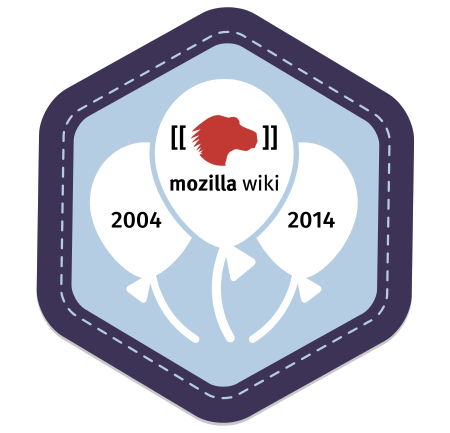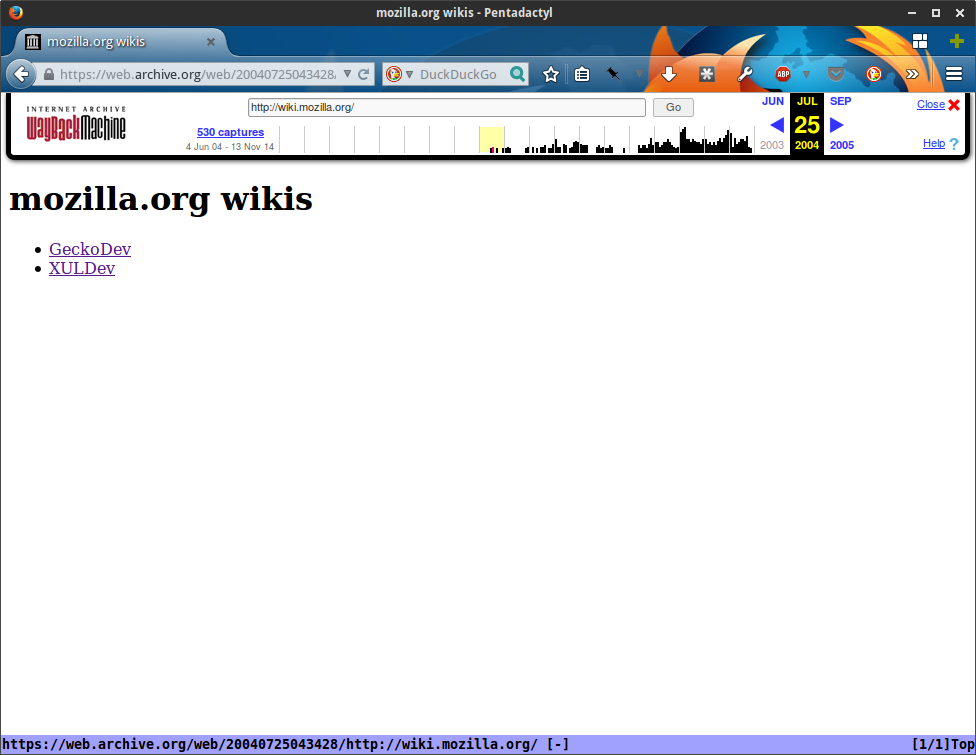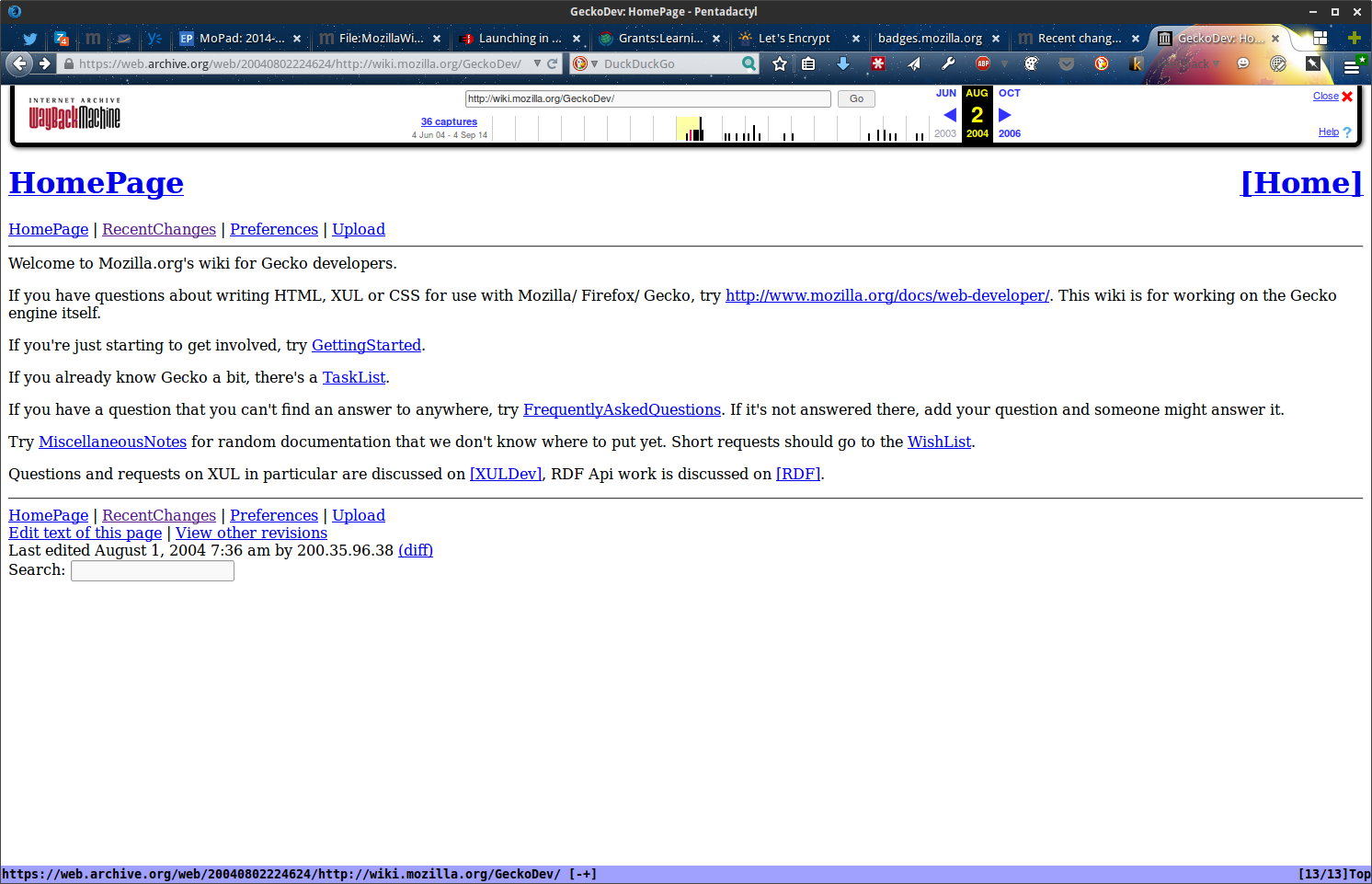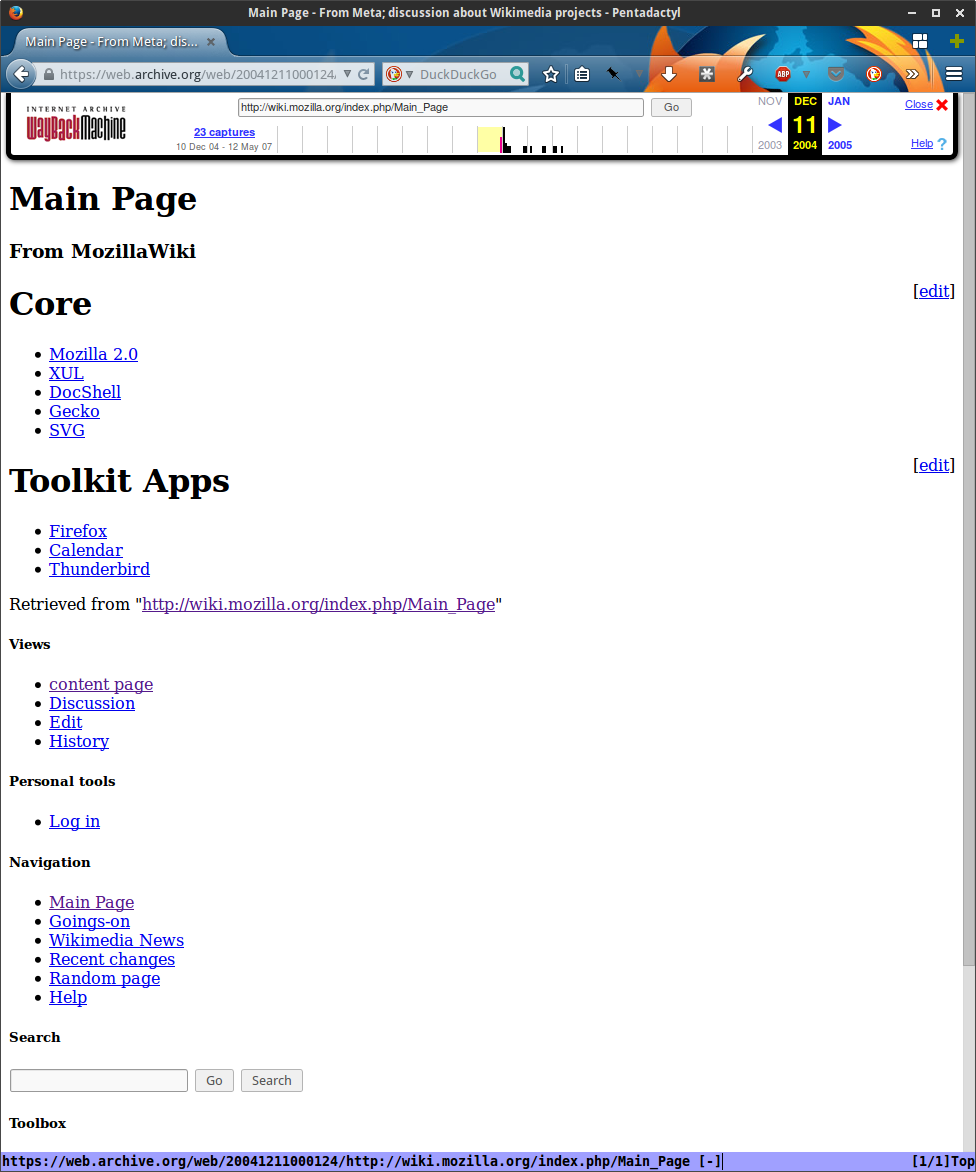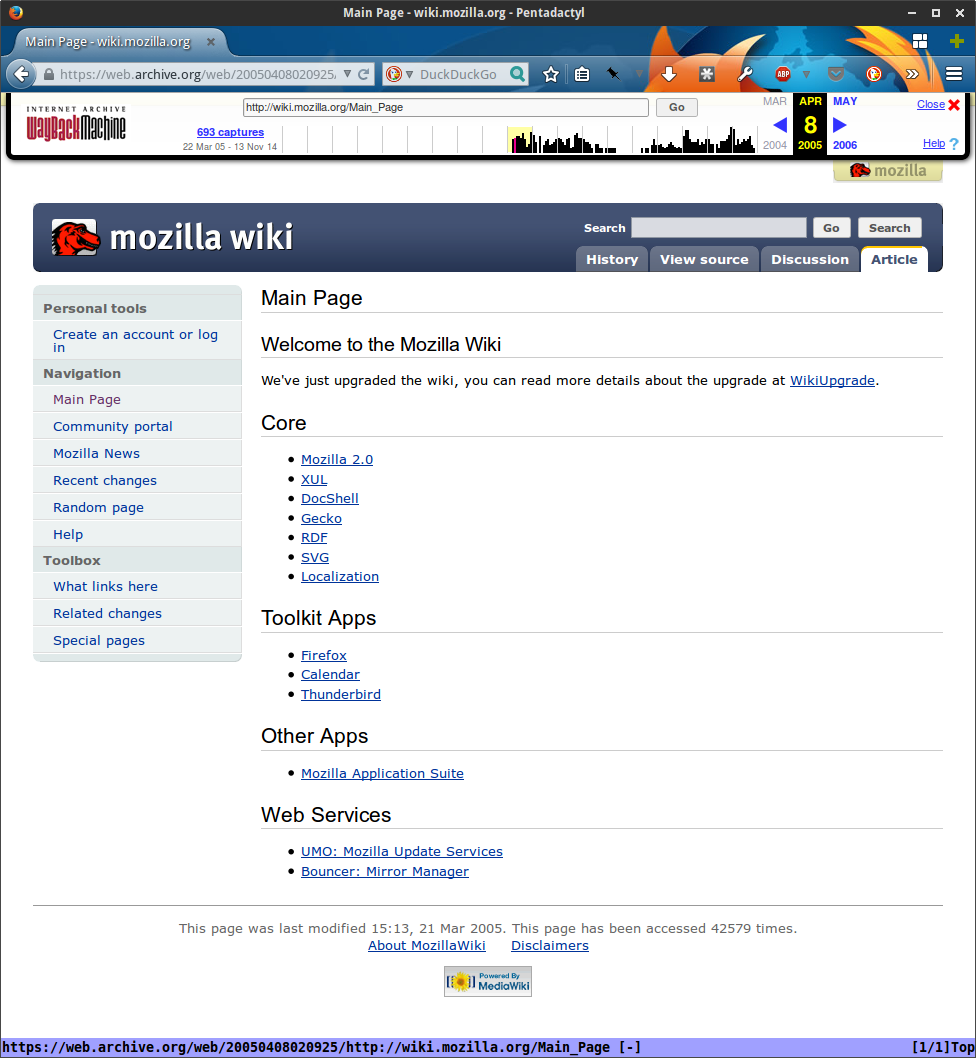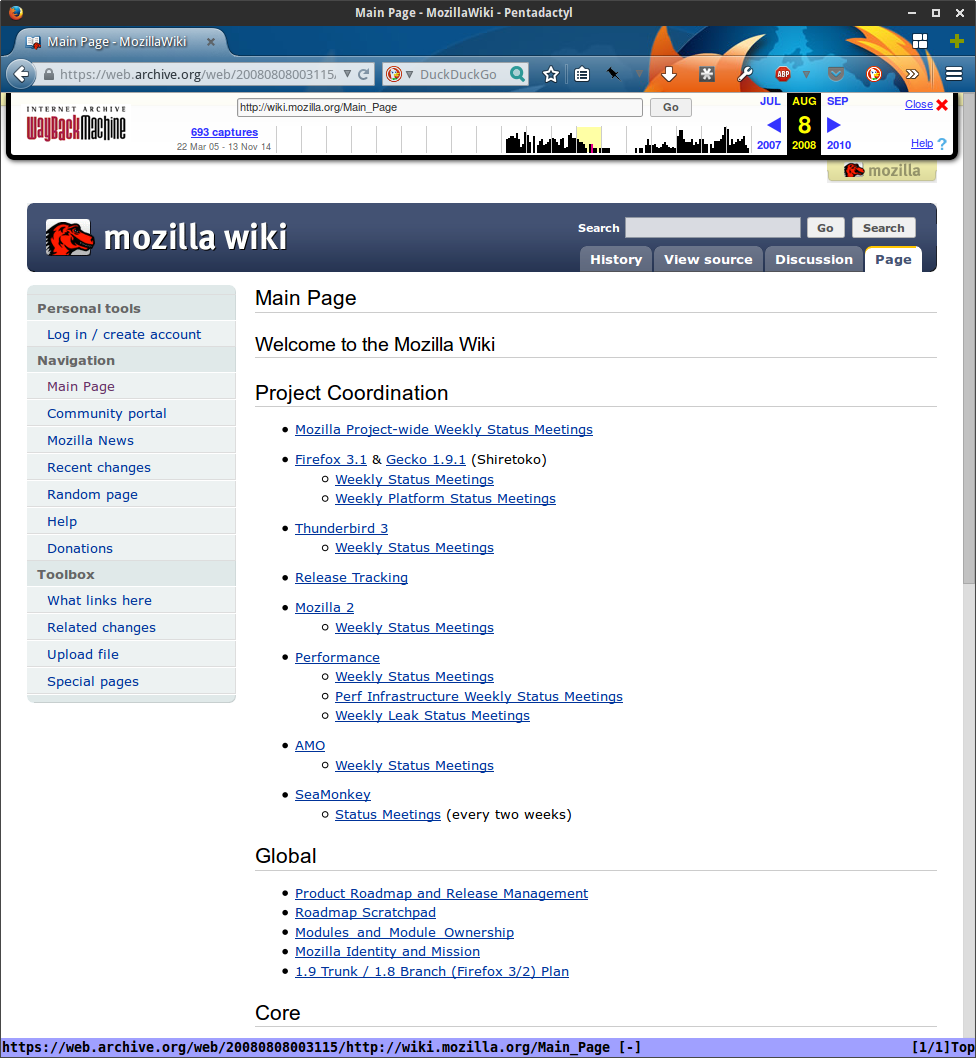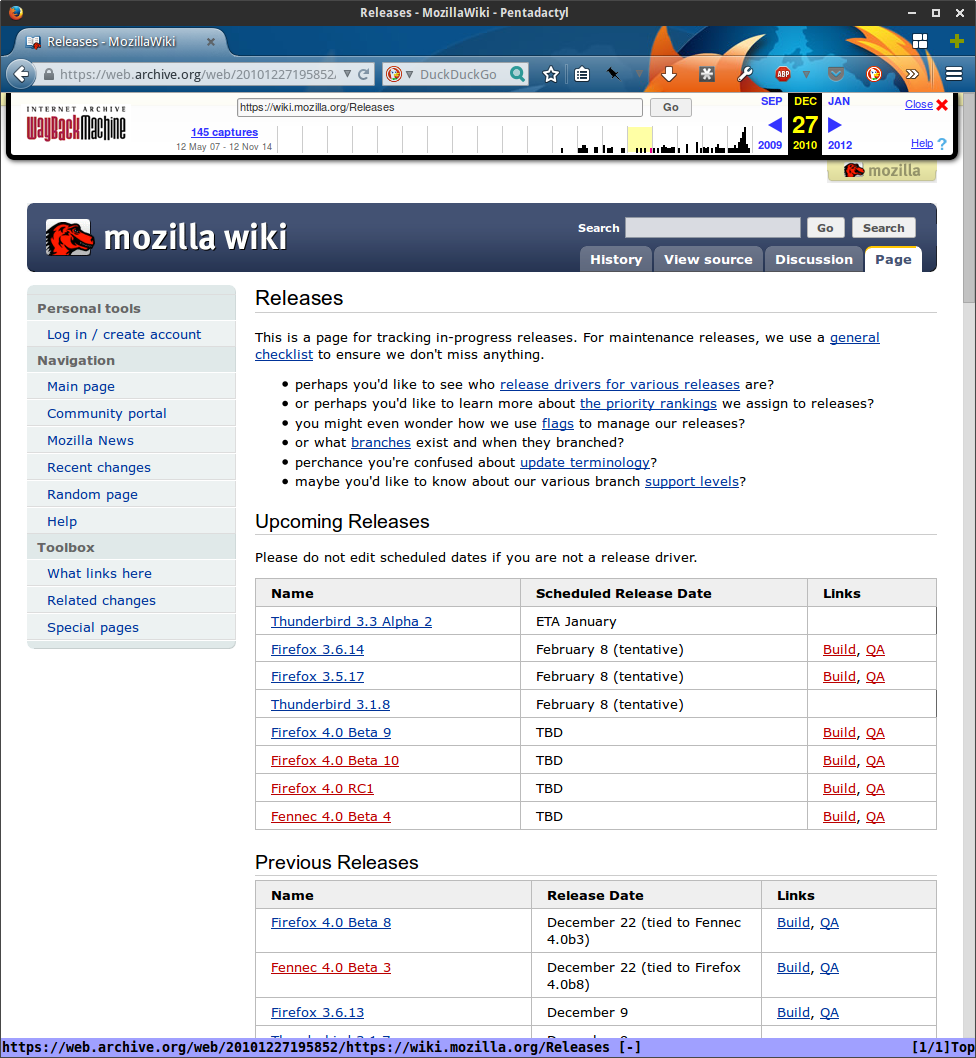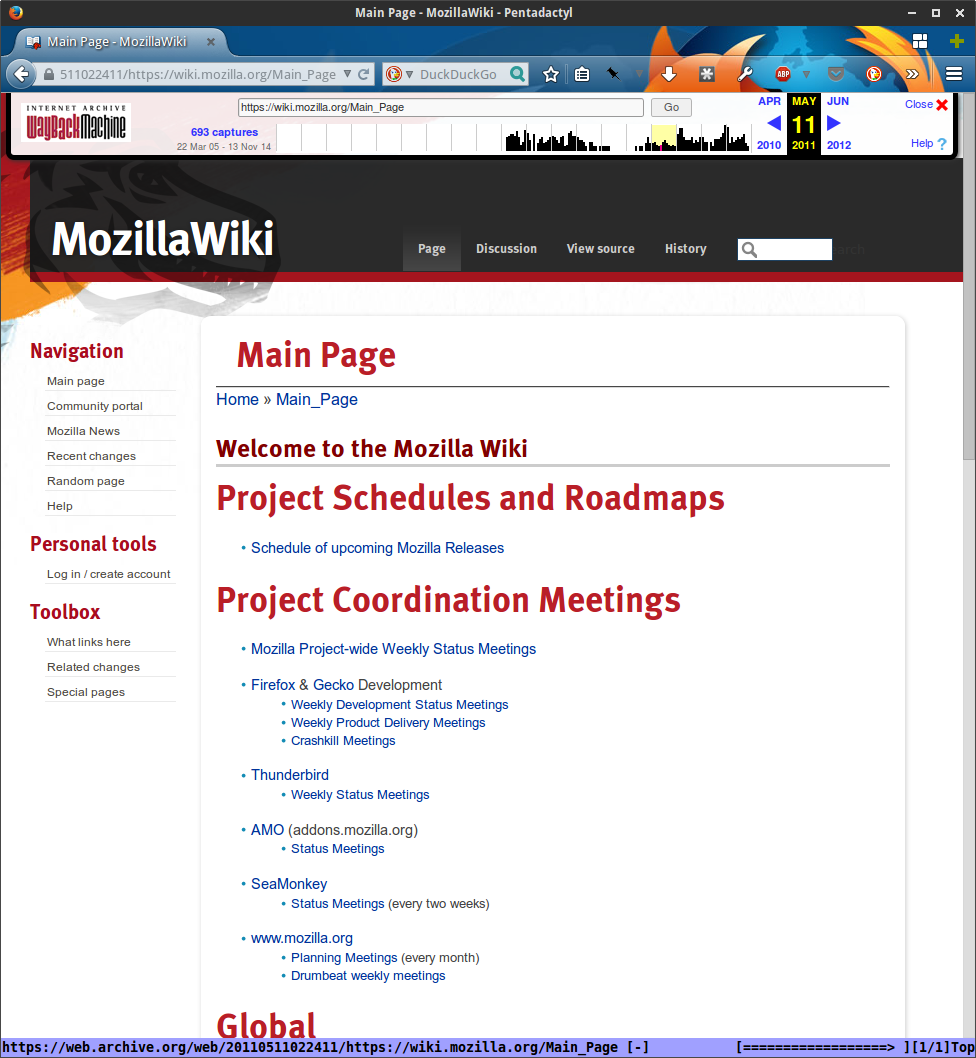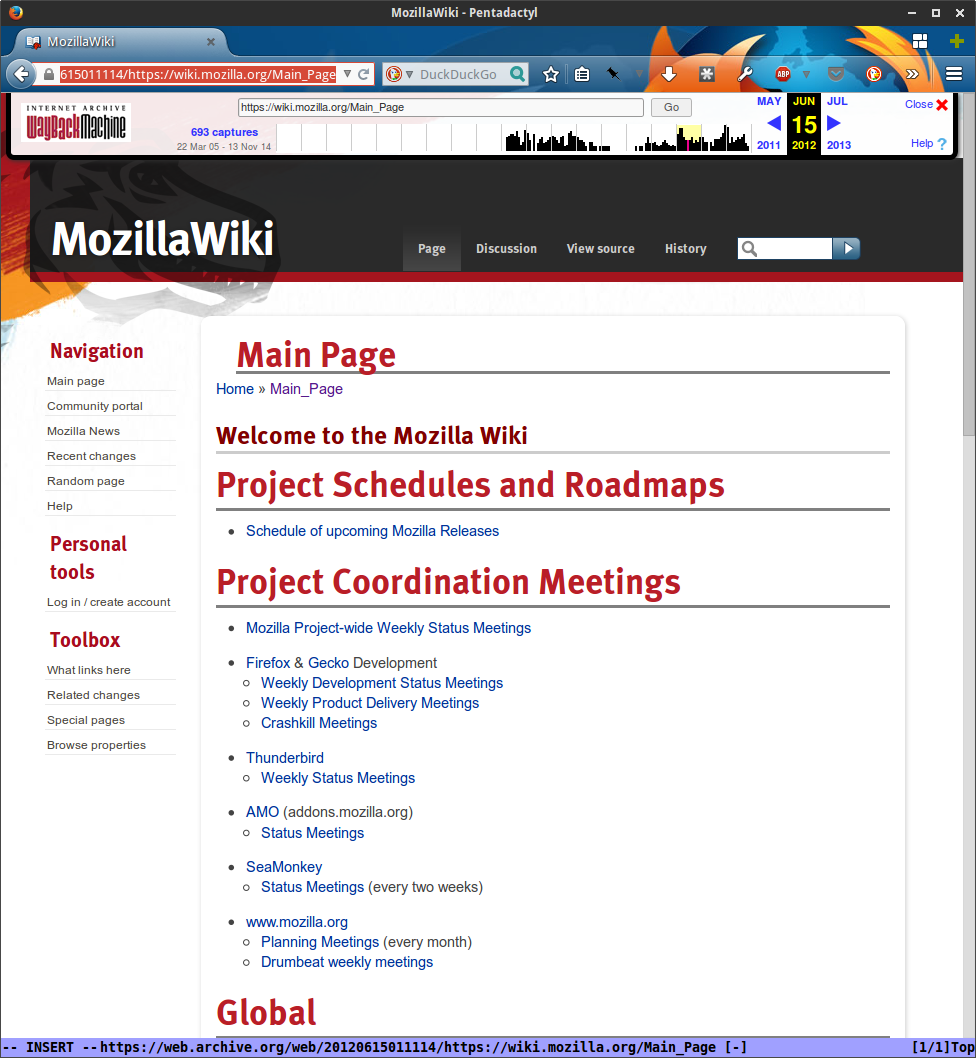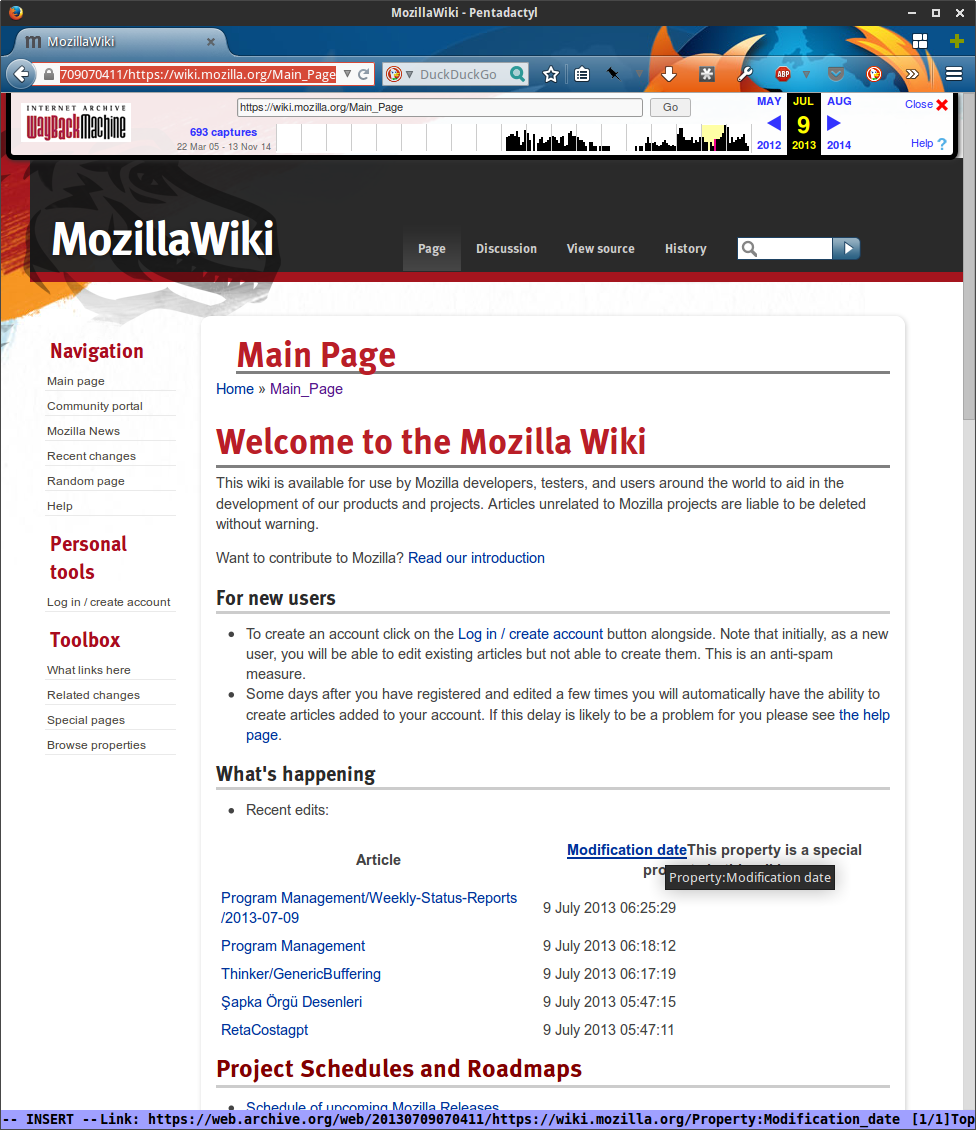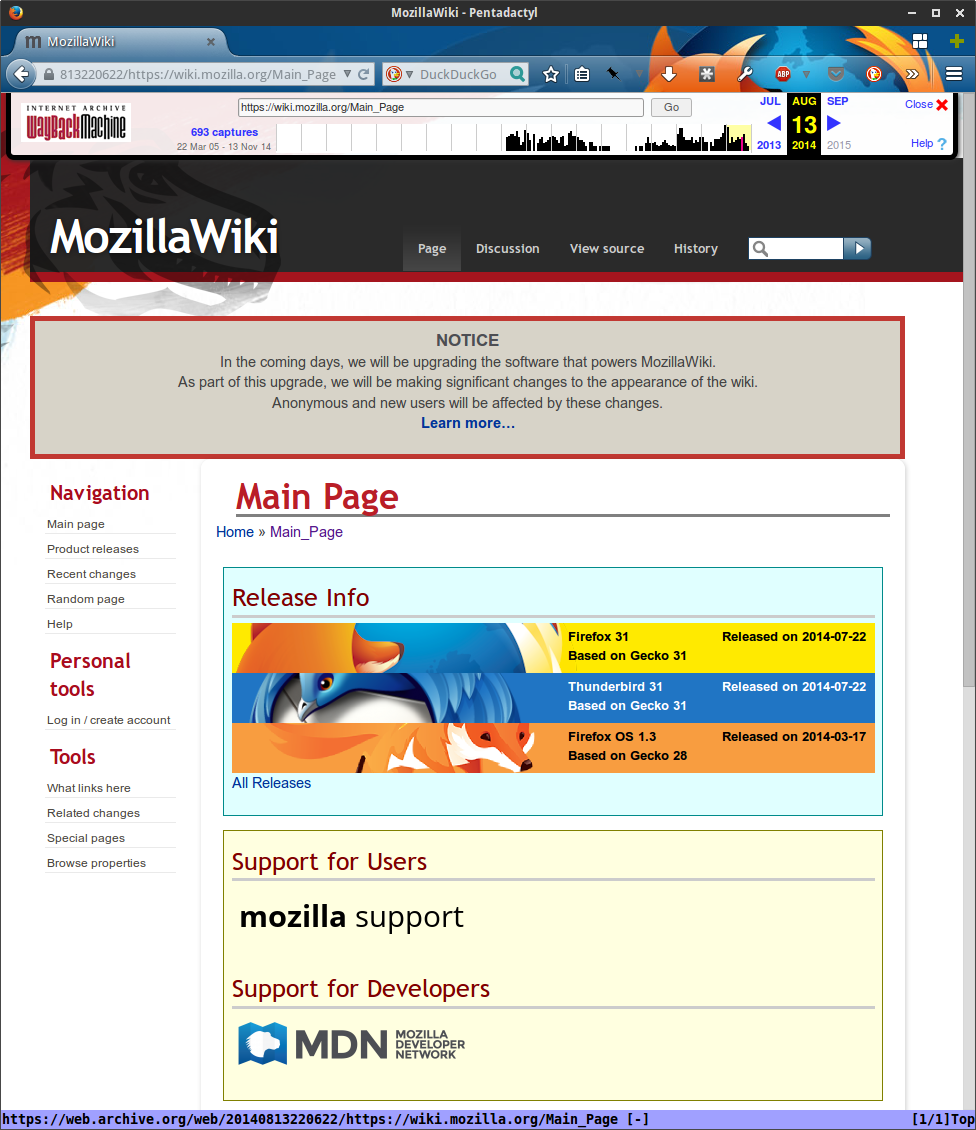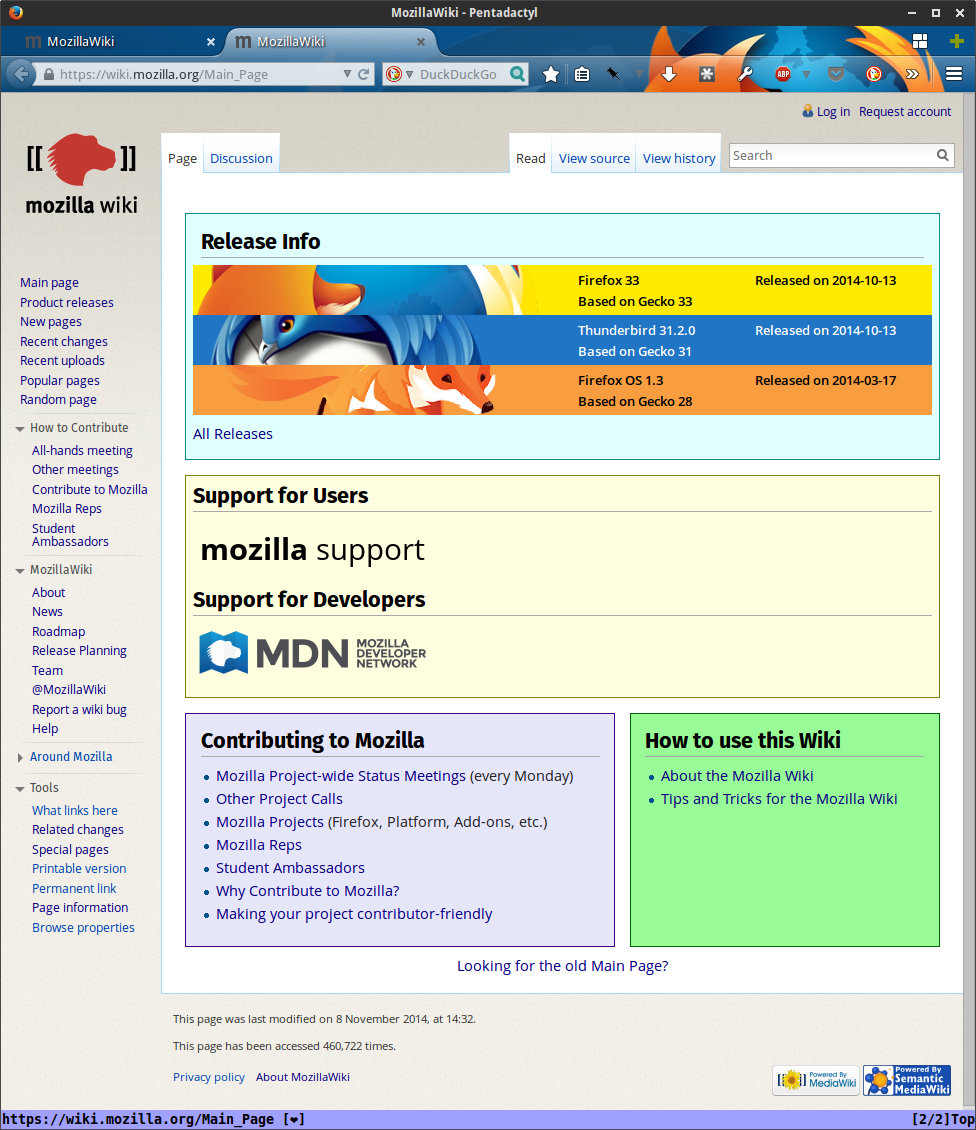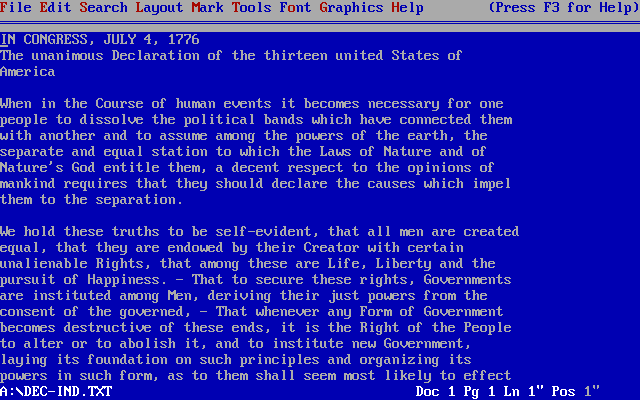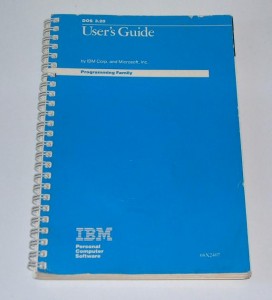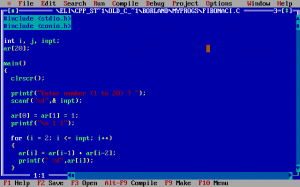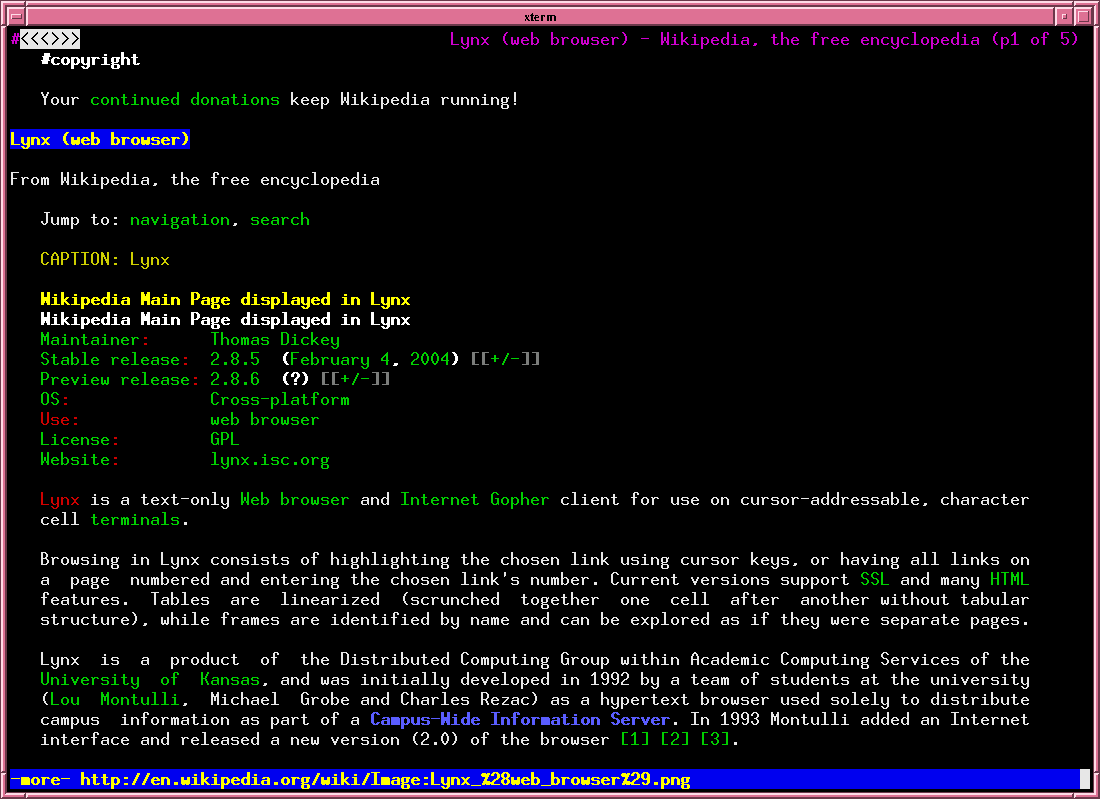Update 12/31 1:30pm PT: WE DID IT!! Nearly 100 of you donated over $8,500.00 and another donor has offered the difference needed to match Sumana’s $15k. Thank you so much everyone! We’re looking forward to an amazing 2015.
Update 12/26 5pm: We’re at 25% of our goal! Not bad, but still a ways to go. Take a moment to pitch in a few bucks?
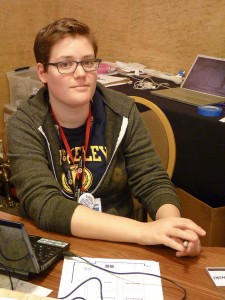
I moved to Portland from San Francisco in the Fall of 2007. I decided to move here after only two or three visits (all in the late Summer) on nothing more than a strong intuition that it was the place I needed to be. That intuition turned out to be right and Portland has ended up being the place where I put down roots, where I’ve grown up to be an adult, and where I feel most connected to and supported by others.
There are a lot of reasons why Portland ended up playing this role in my life, chief among them being the awesome local tech community.
I first got involved with the tech community by attending user groups. Because so many groups were hosted at Cubespace at that time, I was able to drop in on other groups and meet many folks. At some point I started volunteering, first for BarCamp, then Ignite (or was it the other way around?) Next I volunteered for a significant role at Open Source Bridge, which also provided my first conference speaking opportunity,
My career developed in lockstep with my involvement in the Portland tech community. I’ve grown as a programmer and technologist because through the community I’ve had access to skilled peers and mentors. Every job I have gotten since I moving here, including my current one at Mozilla, I’ve gotten because of someone I had a relationship with through the community. Being involved with the tech community has given me opportunities to practice and develop leadership skills, which continues to benefit both my professional and my personal life. I can honestly say I’m a better, more responsible person because of my involvement in Portland tech. Lastly, and most importantly, I’ve made my closest and dearest friends through the community and my work in it.
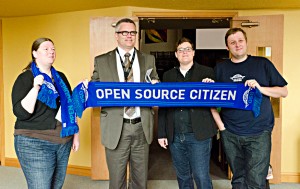
These are the personal reasons why I was motivated four years ago to co-found the Stumptown Syndicate with Reid Beels and Audrey Eschright. They are the reasons why I continue today to give so much of my free time as a Director of the Syndicate. I believe in Portland tech and its ability to support and empower individuals and make their lives better.
I’m proud of the work we’ve done over the last four years. Highlights include:
- Bootstrapping a non-profit organization and successfully applying for 501(c)(3) status.
- Hosting four successful Open Source Bridge events, three BarCamps, four WhereCamps, and a handful of IgnitePortland events. All of these events are free to attendees, or in the case of Open Source Bridge, have the option of volunteering in exchange for free attendance. The value of these events lies in the community connection they allow and the resulting personal and professional growth opportunities.
- Creating the Citizen Code of Conduct and adopting it for all of our events. The CCoC has been adapted and adopted by many other events as well.
- Increasing the speaker diversity of Open Source Bridge. In 2014, we accepted 50% woman speakers and 20% non-White speakers.
- Hosting and guiding development on open source projects OpenConferenceWare and Calagator.
This is good work, but we could be doing so much more. But we need your help.
Stumptown Syndicate is almost entirely volunteer-run. None of the Board members, including myself, is paid and we all have full- or near-full-time jobs elsewhere. We don’t have an Executive Director or any other staff. We rely on the generosity and dedication of participants, volunteers and other community members in order to do our work.
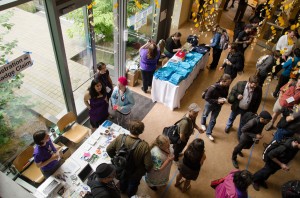
That’s why our end-of-year fundraising campaign is so important. If we are able to fully match Sumana’s $15k contribution, we’ll start the year off with an additional $30k in the bank. This is huge for our tiny organization which operates on an average of $110k a year. $30k represents an additional 27% operating capital to us! With this money we can establish a travel fund so that we can bring more high-quality, diverse speakers to Open Source Bridge and other events. With this money we can start saving for our very own community space. With this money we could host a full BarCamp event at the Eliot Center again. With this money we can host more Calagator code sprints. With this money we can hire the resources needed to post audio and video from Open Source Bridge faster than 6 months after the conference. With this money we can provide childcare at more of our events. With this money we can add captioning and/or transcripts to Open Source Bridge talks.
[olimometer id=3]
All that’s needed for us to earn this $30k and have it be available to us is for you all to contribute half of it. $15k may sound like a lot, but it’s totally doable. Look at it this way, if everyone who’s ever attended one of our events gave $10, we’d blow right past the goal.
So, please, if you’ve been to one of our events and it’s meant something to you, donate.
If you regularly use Calagator and you find it useful, donate.
If you want to see more awesome community-led, volunteer-run activities, donate.
Most of you reading this probably have $10 to spare. Some of you significantly more than that. If you can give 5 bucks, please do so. Those of you who can swing $100 please do so.
With every dollar you give you let us know that our work matters to you. It’s a vote of confidence as well as a resource we can use to do even more for you.
Stumptown Syndicate is a 501(c)(3) non-profit and so your donations are tax-deductible in the US.
Have you already given or are you about to? Many employers will match your donations to 501(c)(3) dollar-for-dollar. Make your donation count for three times as much by asking your employer if they offer this. (OPB has an extensive list of employers with matching programs.)
[olimometer id=3]

